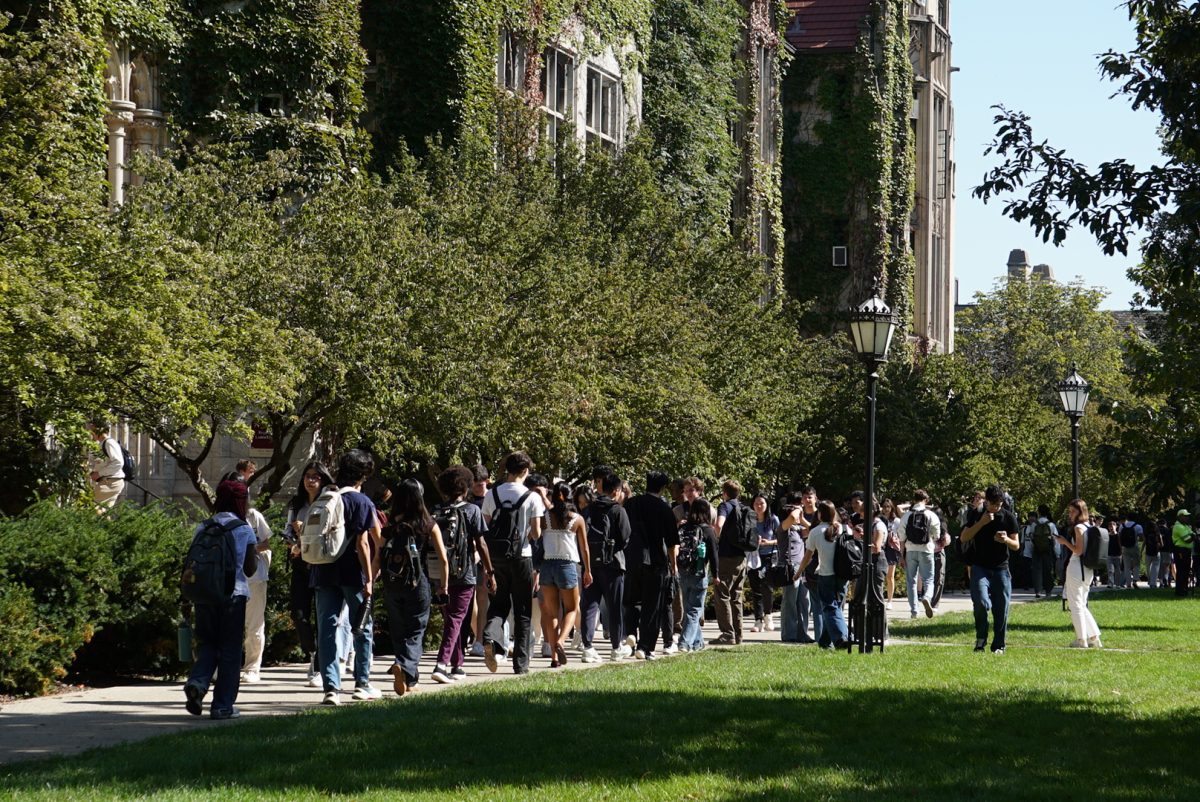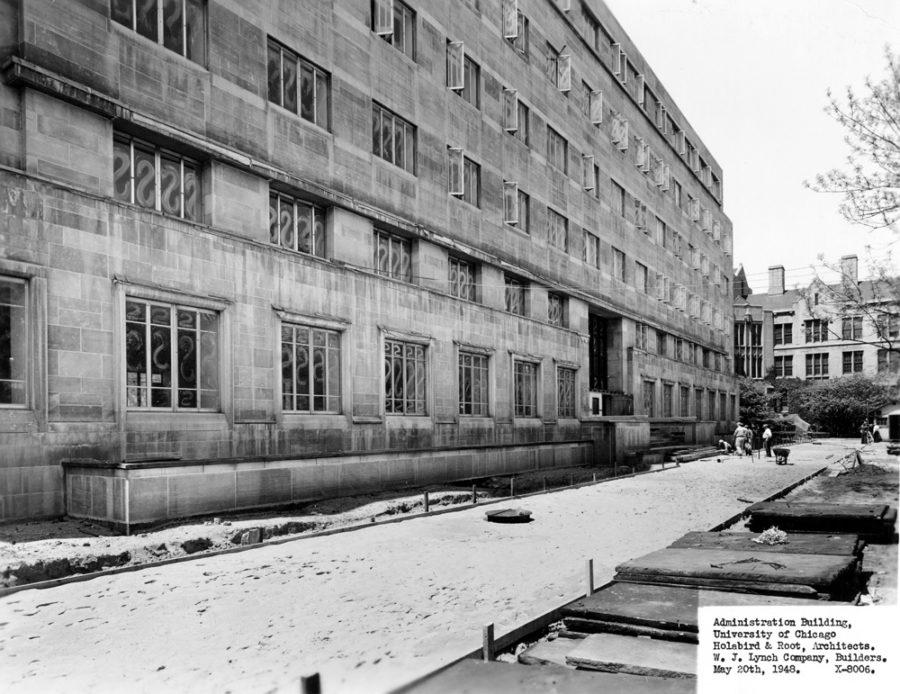At a meeting with Joe Biden on Sunday, Israeli Prime Minister Benjamin Netanyahu sought to convince the vice president that the only remaining deterrent against Iran is to threaten it with a military strike. I’m not a national security expert, but let me take a stab at how a hypothetical attack on Iran might play out. First, we will witness days of sustained bombardment. This will be no harmless, surprise airstrike on one or two nuclear installations executed with flawless and surgical precision. Iran’s nuclear weapons program is geographically and technologically dispersed across multiple facilities, some secret, some already known: enrichment facilities in Natanz and Lashkar-Abad, reactors in Brushehr and Arak, weapons development centers in Tabriz and Chalus, nuclear research labs in Bonab, Esfahan, and Tehran. The American military brass will realize that it needs to strike many of these targets if it wants to permanently wound Iran’s nuclear program, and that this requires a protracted aerial campaign.
After the first day, we will have lost the element of surprise; Iran’s defenses will be activated and will stand a good chance of repelling some of our attacks. Therefore, the U.S. Air Force will have to expand its list of military targets to include Iran’s anti-air weapons, radar systems, and fighter aircraft. After that, Iran’s power grid will have to be destroyed to weaken its military response. Roads and bridges will have to be bombed to prevent Iran’s vehicle-bound S-300 surface-to-air missile systems from mobilizing. Iran’s seaports will be blockaded to interdict any shipments of fuel or weapons. What started with a few “precision airstrikes” can easily slide into what looks like an actual war.
Iran’s counterattack will be conducted through its proxies in Iraq and Lebanon. Iran will redouble its efforts to provide these armed groups with the resources they need to kidnap American advisors in Iraq or terrorize civilians in northern Israel. American forces in Afghanistan will be diverted away from an already difficult battle against the Taliban toward the Afghan-Iranian border. Traffic through the Strait of Hormuz—where 40 percent of the world’s oil shipments cross a passageway spanning less than six times the length of the Brooklyn Bridge—will grind to a screeching halt. The remnants of Iran’s nuclear program would simply move underground and resume with ferocious intensity.
The effect on the civilian population of Iran will be tragic, not least because of the potential nuclear fallout from any damaged reactors. But while Iran can survive and recover from the physical destruction, the project of political reform will be set back decades. Iran’s security apparatus will pounce on the inchoate protest movement, denouncing them as traitors and Zionist collaborators. They will be blamed for the crisis, held responsible for sowing discord and thereby making Iran “weak” in its struggle against the West. Dissidents, feminists, and students will be summarily rounded up, placed before kangaroo courts, and condemned in Stalinesque fashion. An attack will also appear to support the fundamentalists’ portrayal of the West as a raging aggressor, discrediting the democracy movement’s pacifist overtones and confirming post hoc that Iran needed nuclear weapons after all.
The loss of Iran’s democracy movement will not just be a problem for Iran, but for the U.S. as well, as it is our best hope for long-term peace. It is clear that a modus vivendi with Iran’s current power structure cannot be achieved, given its aggressive designs. It is no longer possible for an honest observer of the facts to hope Iran is not pursuing nuclear weapons capabilities, given the unlawful circumstances of its previous nuclear activities and its consistent displays of deception toward the IAEA. Nor is it the case that Iran is only arming itself in response to American threats: These threats began in response to Iran’s nuclear program, not the other way around (prior to 2003, Iran’s biggest existential threat came from Iraq). Finally, Iran’s extensive cooperation with armed Shiite groups in the Arab world suggests that its ambitions are not purely defensive. Iran could claim plausible deniability if these groups ever got a hold of fissile material, and could use its nuclear umbrella over these groups to discourage American or Israeli responses to terrorist attacks. Despite protests to the contrary from the regime’s apologists, Iran’s nuclear program is a threat that the world is right to take seriously.
But while a doomsday scenario of war and instability is always invoked to justify an attack on Iran, war and instability is precisely what would ensue if hawks like Netanyahu have their way. The only feasible, permanent way to neutralize the threat emerging from Iran is through a changing of the guard. While it is possible that the Iranian reformists and democrats might disappoin—improving human rights in Iran while maintaining an aggressive posture towards the West and its allies—Iran’s democracy movement remains the most powerful weapon in our arsenal. If we follow the current path all the way to the end, democracy is sure to be the biggest casualty.
Chase Mechanick is a third-year in the College majoring in Political Science.






